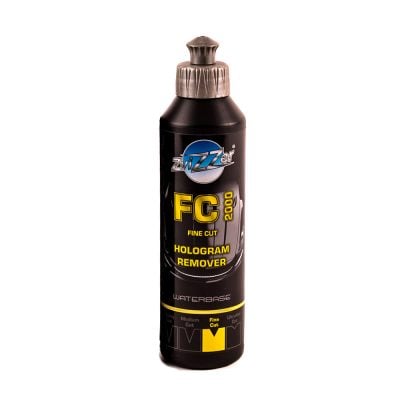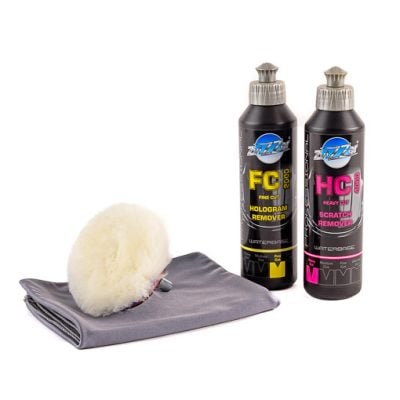Is your polycarbonate plastic scratched and dull? Perhaps from where you machined it or through daily wear and tear? Whether the scratches are light or deeper, polishing your polycarbonate sheet will make it look as good as new again! In this blog, we explain how to approach polycarbonate polishing for any types of scratches.
The basics of polycarbonate polishing
Two polishing techniques are suitable for polishing polycarbonate plastic. The most common method for light scratches is to rub them away with a soft cloth (patch disc) and a polishing paste. This method allows you to buff away scratches on the surface. Flame polishing is a technique used mainly to remove scratches on the edges of the sheet material. Flame polishing makes scratched edges crystal clear again.
Polishing light scratches on polycarbonate
Do you only want to polish the surface of your polycarbonate? Clean the surface of the sheet thoroughly with a damp cloth, so that any dirt is well absorbed. The surface can be polished in two ways: manually or by machine. We recommend a manual polish for light scratches or slightly hazy surfaces. Follow these steps for the best result:
- Take a clean, dry microfibre cloth and apply a small amount of polish. Only use a polish recommended for plastic sheet material such as Xerapol or Zvizzer. You can also use car paint polish.
- Distribute the polish over the scratch and the surrounding area, making small circular movements 10 cms in diameter.
- Increase the pressure gradually and evaluate the result regularly.
- Has the scratch disappeared? Then wipe away the remaining polish with a microfibre cloth.
- Treat your polycarbonate with Burnus to keep the sheet looking good and to protect it from further scratches.
Polishing deep scratches in polycarbonate
If there are deeper scratches in your polycarbonate sheet, machine polishing is the best option. First, the scratches with standard sandpaper, sanding wool or a polishing agent with a coarse grain such as Zvizzer Heavy Cut. Never use a grit coarser than 200. Now, proceed as below:
- Start with grit 200, followed by 400 and 800.
- Sand lightly and be careful not to apply too much pressure. Finally, use waterproof sandpaper, grit 2000 or 2500.
- Then start to machine polish. We recommend polishing the entire surface to remove deep scratches. Do this a polishing disc in a drill or polisher.
- Always use a soft polishing disc and start with a low speed.
- Apply the polish to the sheet material in the same way as polishing your car.
- Then polish the surface with the machine. Don’t apply too much pressure; let the device do the work.
- When you’ve polished the entire surface, go over it once again with the polisher. This time, use a medium speed and minimal pressure.
Polishing the edges of polycarbonate
Do you want to make the edges of your polycarbonate crystal clear because of saw stroke or milling marks? The best way to do this is by flame polishing. Before start polishing, do some preliminary work with sandpaper. Sand away the deepest marks left by sawing/milling as far as possible. Sand saw stroke away by starting with grit 150, followed by 200 and 400. Sand the marks left by milling with grit 400 followed by grit 800. Sand gently and use a sanding block to keep the edge as flat as possible. Then you can start flame polishing. Follow these steps:
- Use an adjustable propane burner, the flame temperature of butane gas is unsuitable for flame polishing.
Place the polycarbonate sheet upright in a holder or vice. - Use soft cloths to avoid damaging the surface of the plastic.
- Light the burner and adjust the flame: a steady, pointed flame or “pencil flame” works best.
- Move the flame gently over the surface and check the effect. The surface first becomes liquid and then solidifies into a smooth, crystal-clear edge.
- Let the flame ‘ricochet’ slightly along the length of the edge.
Order everything you need for polycarbonate polishing
Do you have some polycarbonate that you want to polish? You’ll find a polycarbonate polishing kit to order directly in our webshop. We supply polycarbonate in all shapes, sizes and thicknesses, and we’ll custom cut all the sheet material in any desired shape. If you have any questions about this blog or our products, please don’t hesitate to get in touch.





